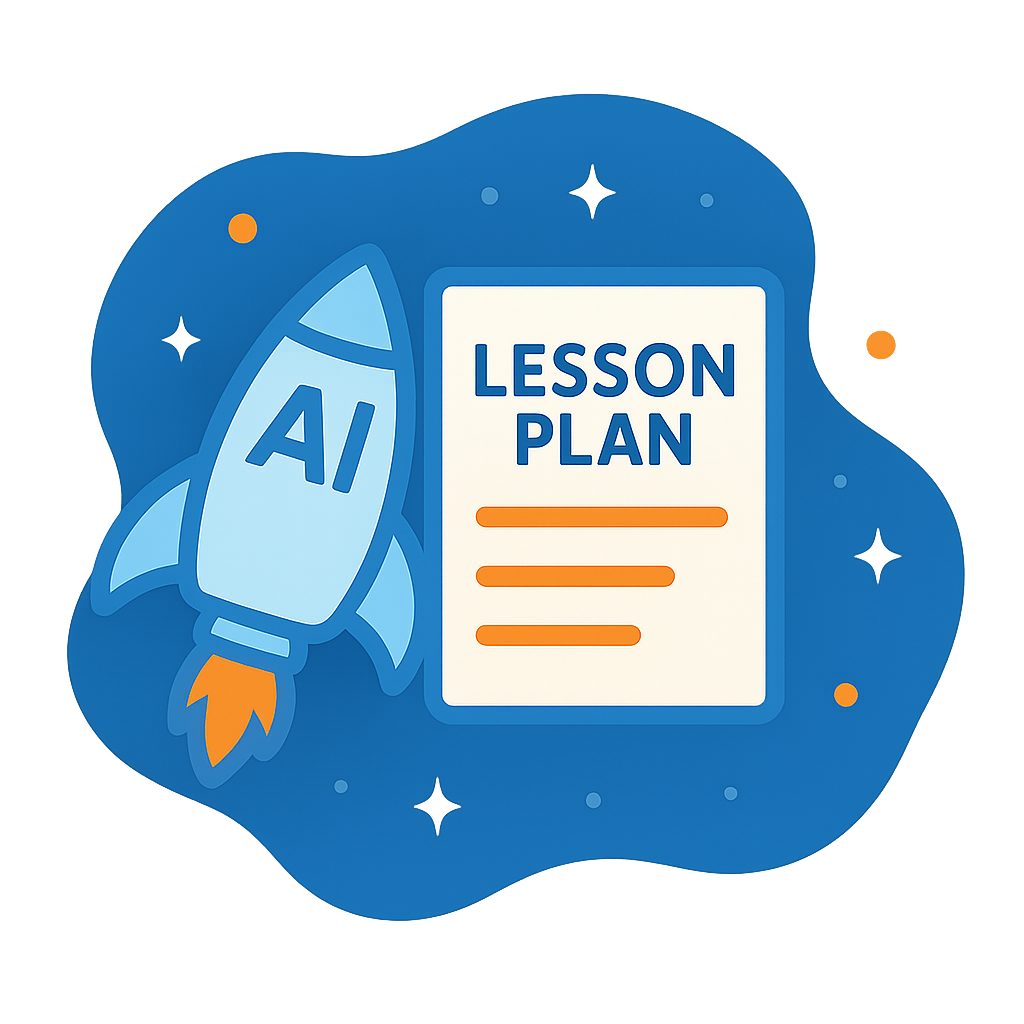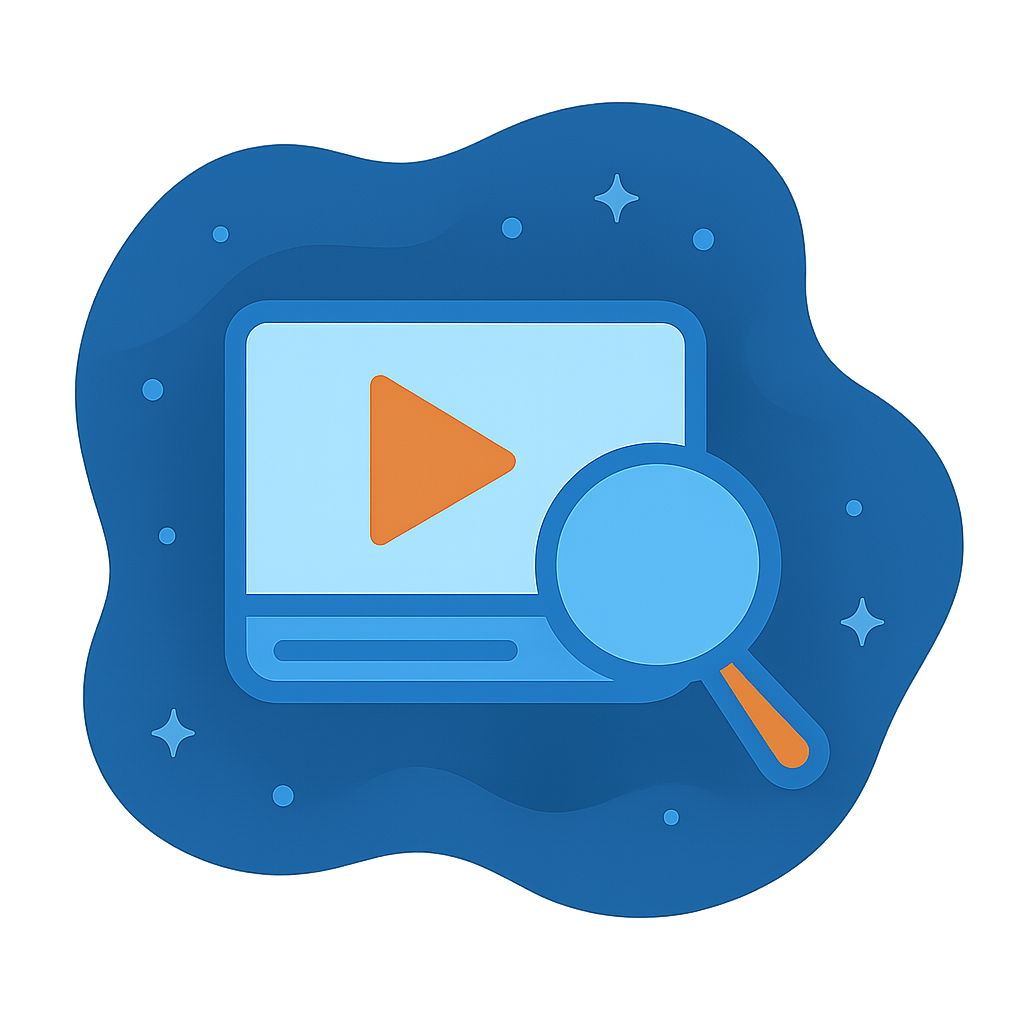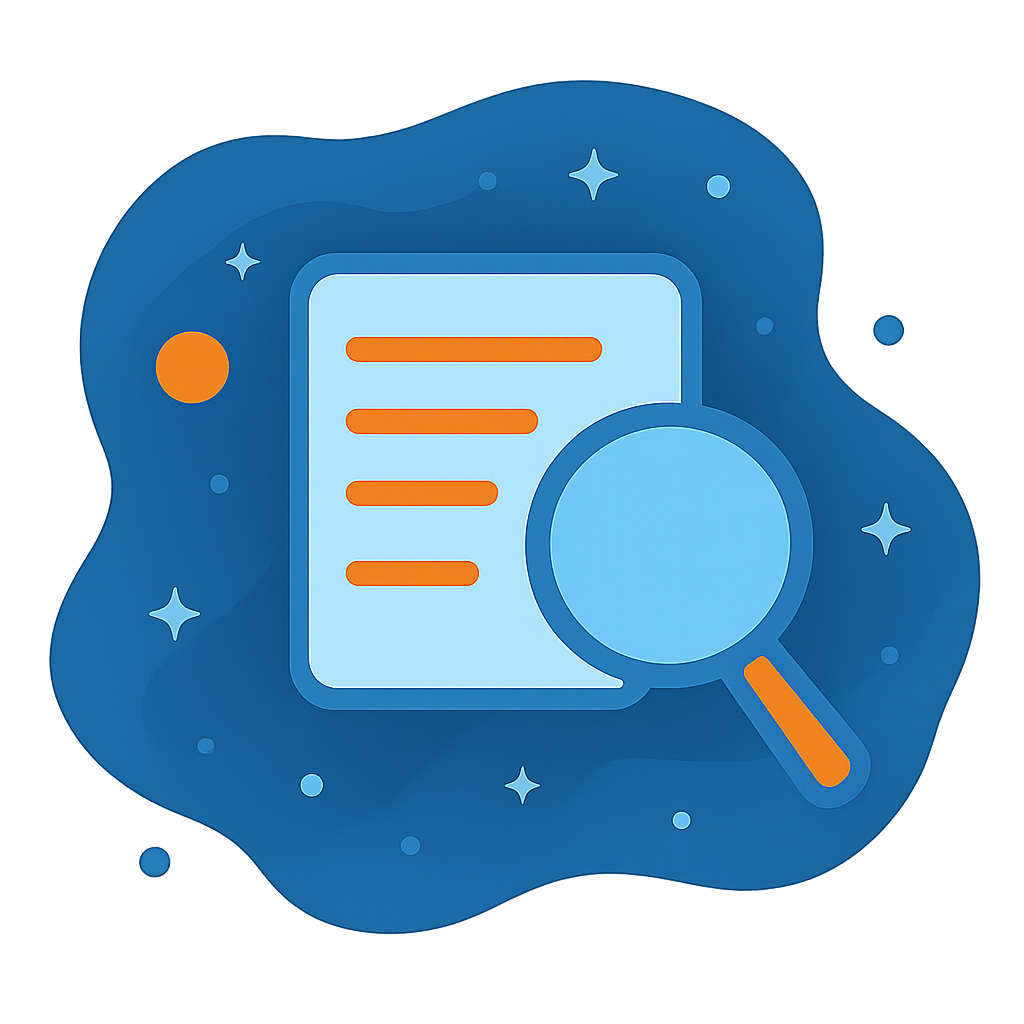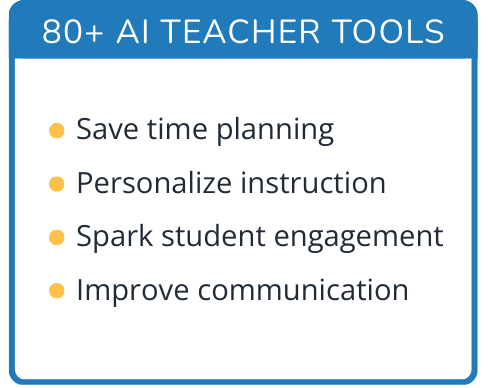Hi, what do you want to do?
Curated OER
Earth's Moon
In this moon worksheet, students identify each phase of the moon and explain how solar and lunar eclipses occur. This worksheet has 5 fill in the blank and 2 short answer questions.
Curated OER
Tides, Eclipses, Day and Night, and Seasons
In this earth science learning exercise, students use the clues given at the bottom of the sheet to complete the crossword puzzle on tides, eclipses, day and night, and the seasons of the year. There are 17 clues to solve in the puzzle.
Curated OER
Practical Illustrations of Astronomical Concepts Relating to the Solar System
Eighth graders are introduced to concepts related to the Solar System. In groups, they participate in an experiment in which they must describe a ray of light and how it travels. They draw a diagram of the electromagnetic spectrum and...
Curated OER
Look on the Bright Side!
Students explore solar eclipses by participating in a number of hands-on activities. In class, students work in teams using tennis balls, grapes and flashlights to model partial and total solar eclipses.
Mr. E. Science
The Earth in Space
Do you think Earth makes fun of other planets for having no life? The presentation covers the rotation and revolution of both the earth and our moon. It provides explanations for seasons, tides, and eclipses. Lesson is the 20th in a...
Curated OER
The Nine Planets
A solid lesson on teaching the nine planets in our solar system is here for you. In it, young scientists learn the correct order of the planets, and they choose one of the planets to do a research report on. They must come up with five...
Curated OER
Constellations
Middle schoolers explore the major constellations. After reviewing the Earth's basic motions and their significance, students discuss the moon's orbit and revolutions. Using a Digitarium Alpha portable planetarium projector, they...
K5 Learning
The Moon
Second graders read a short informational text passage about the moon and answer a series of questions based on what they read.
Glynn County School System
Light, History, Gravity, Distance, Relativity, and Space-Time
Let the star's color be the guide! The color of a star indicates its temperature and its mass and distance affect the gravitational force. The lesson presentations address these concepts as well as how the theory of special relativity...
Curated OER
Brain POP - Eclipse
In this eclipse worksheet, students answer 7 fill in the blank questions, 4 matching questions, and complete a timeline table with.
Curated OER
Lesson Plan # 1 - Phases of the Moon
Students explore and identify moon phases, watch teacher demonstration of different phases using globe and flashlight to represent moon and sun, and discuss reasons why there are moon phases.
University of Texas
Observing the Moon
Why does it look like there is a man on the moon? Why does the moon look different every night? These are the focus questions of a lesson that prompts class members to observe and record the nightly changes of Earth's natural...
S2tem Centers SC
Seasons
Winter, spring, summer, and fall—take the learning of the seasons beyond the elementary level to the middle school classroom. Curious learners begin by watching videos about the seasons and the rotation of planet Earth. Then,...
Curated OER
Phases, Eclipses, and Tides
In this reading comprehension instructional activity, students read a passage about what causes the phases of the moon, solar and lunar eclipses, and tides and answer main idea and vocabulary questions. Students answer 12 questions.
Curated OER
Astronomy - Sun, Moon, Tides
Colorful in appearance, but without any photos or graphics, this PowerPoint is best used as a note-taking guide for your lecture. Viewers in your earth science class will discover characteristics and phases of the moon, its role in...
Curated OER
Moon Phases
In this moon phase learning exercise, students are given a "moon pop" and they make a diagram of the moon's phases using the "moon pop" as a guide. They answer questions about the phases of the moon and solar and lunar eclipses.
Curated OER
Space Science: Phases of the Moon
Looking for a terrific lesson on the phases of the moon that has lots of good worksheets? With two excellent websites are embedded in the plan, the activity is sure to spark some interest in your astronomy unit. Some common...
Curated OER
A Moon with a View
Third graders explore the rotation of Earth and the moon. In this solar system lesson, 3rd graders participate in an Earth and moon simulation in which part of the class "becomes" the sun, while other children represent the moon by...
Curated OER
Moon Phases
In this moon activity, students fill in the different phases on the moon on a diagram and label each phase. Students compare a solar and lunar eclipse. This activity has 2 fill in the blank and 3 short answer questions.
Curated OER
How Distant is the Moon?--2
Learners examine total eclipses of the Sun and their limited regions of totality. They explain that this limited view occurs because the Moon is close enough to us for different points on Earth to view it differently.
EngageNY
How Far Away Is the Moon?
Does the space shuttle have an odometer? Maybe, but all that is needed to determine the distance to the moon is a little geometry! The lesson asks scholars to sketch the relationship of the Earth and moon using shadows of an eclipse....
Curated OER
The Earth-Moon System
In this Earth and moon worksheet, students will review the different phases of the moon, how eclipses are created, and how the moon influences tidal patterns. This worksheet has 13 fill in the blank, 8 true or false, and 2 short answer...
Curated OER
Space: The Final Frontier
Sixth graders construct a graph to demonstration information that they've learned about the solary system. They also write or illustrate a sonar or lunar eclipse.
Curated OER
Exploring the Night Sky: Fall/Winter
Students explain how moon phases occur. They explain three ways that the night sky has been used through history. Students locate some of the constellations in the night sky. They discuss stories and myths surrounding stars.




























